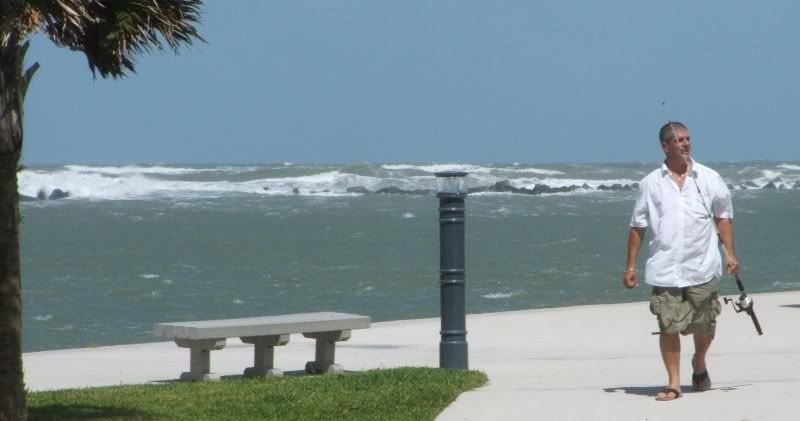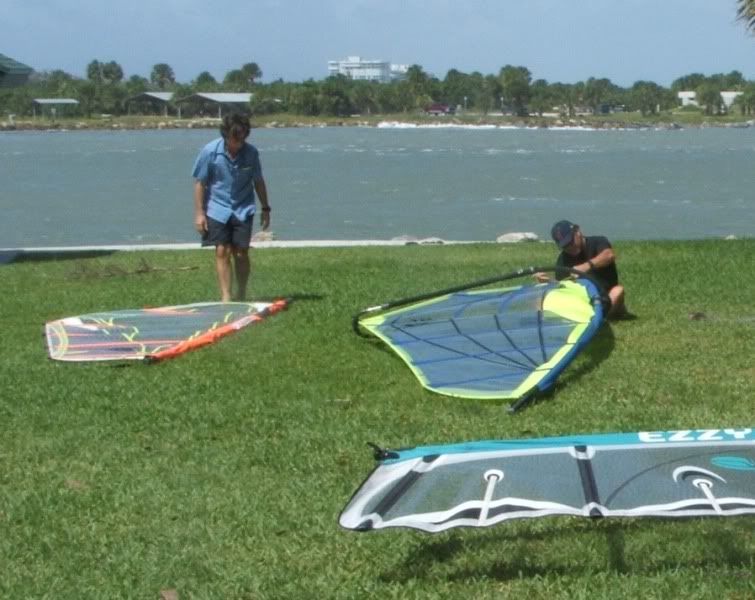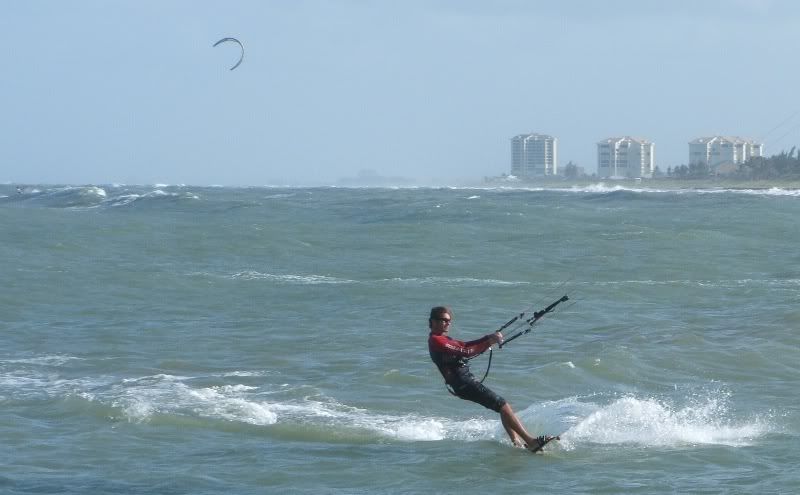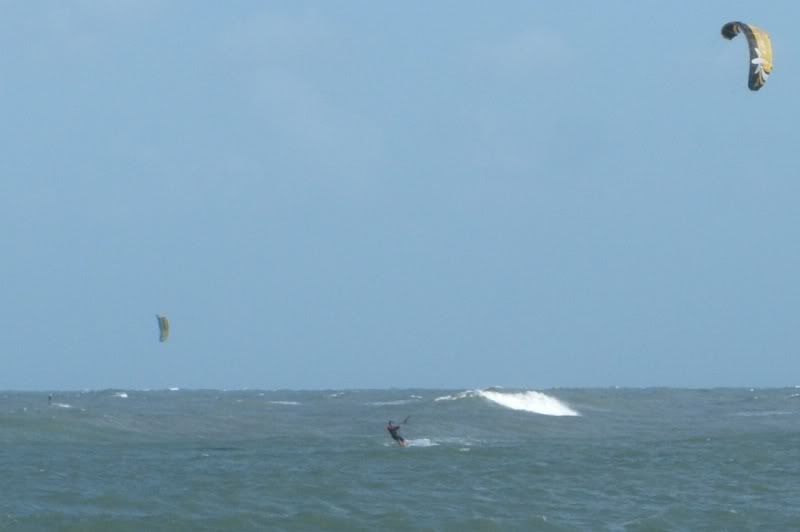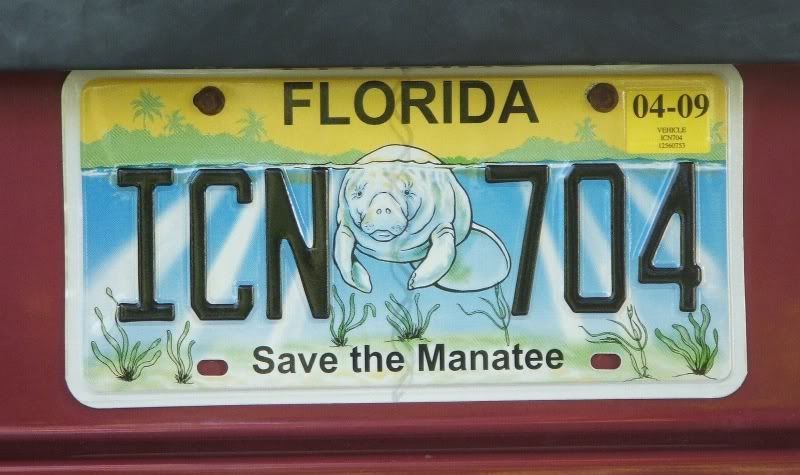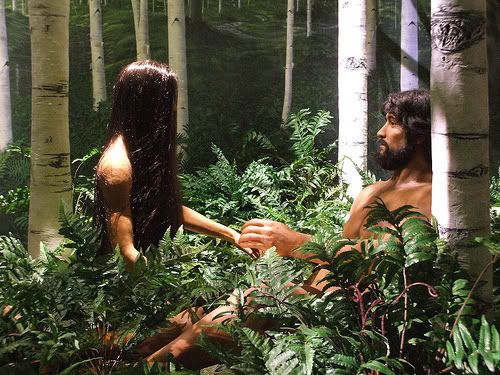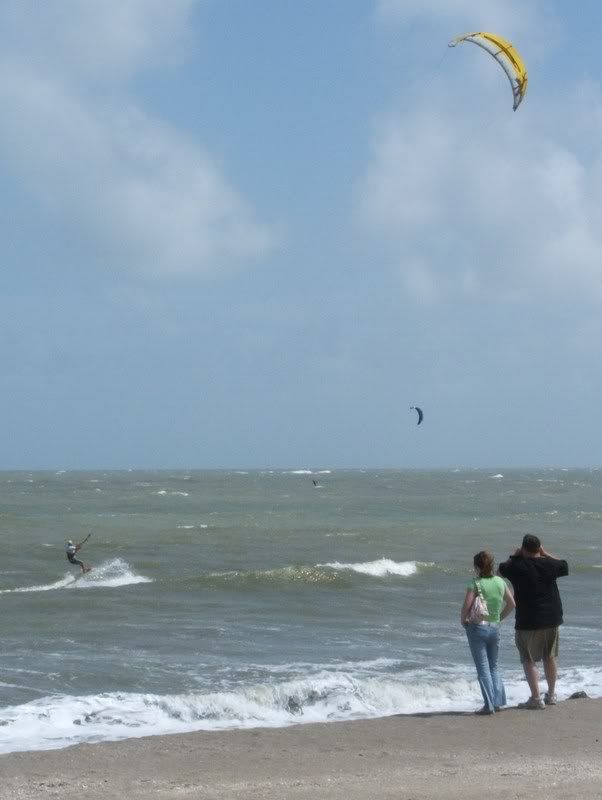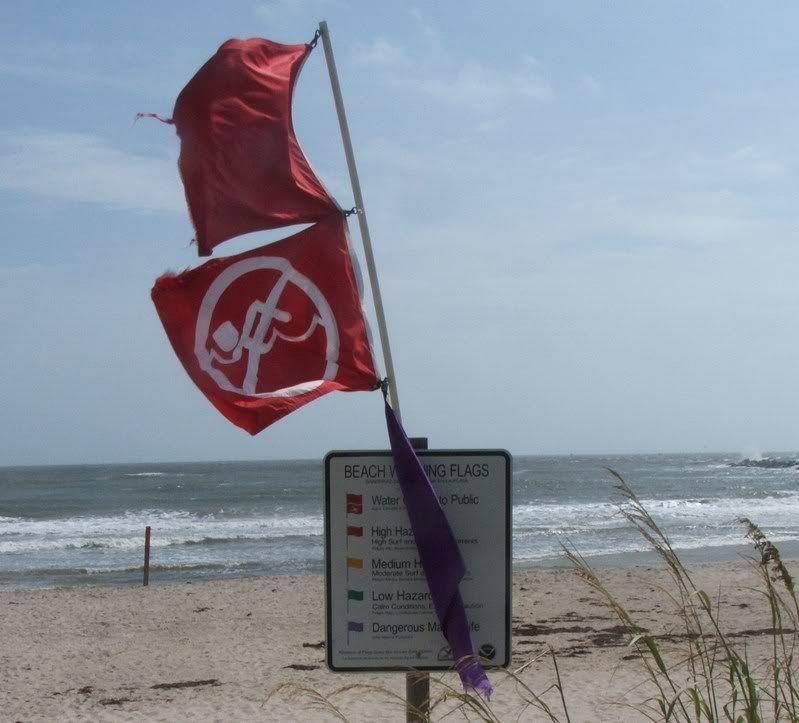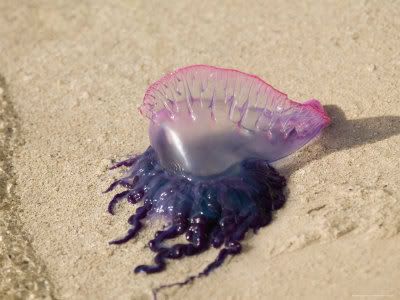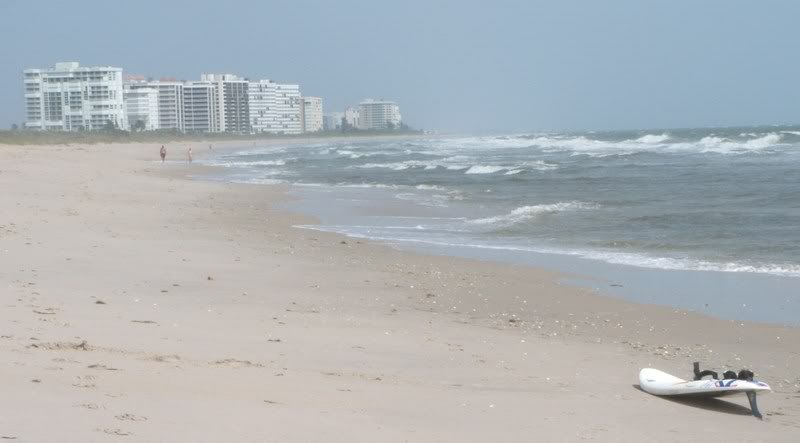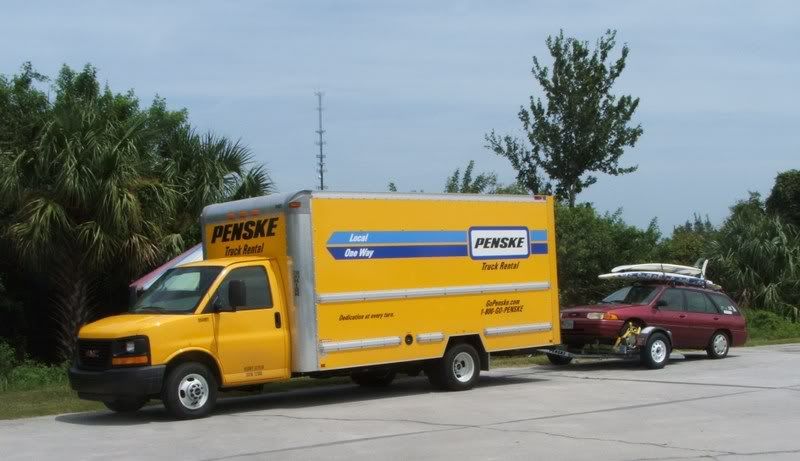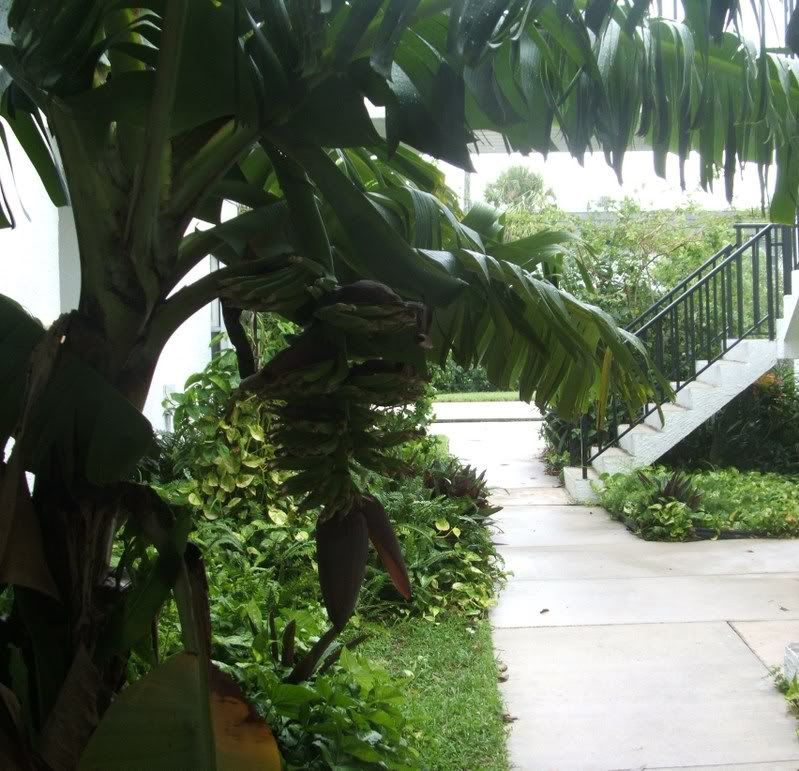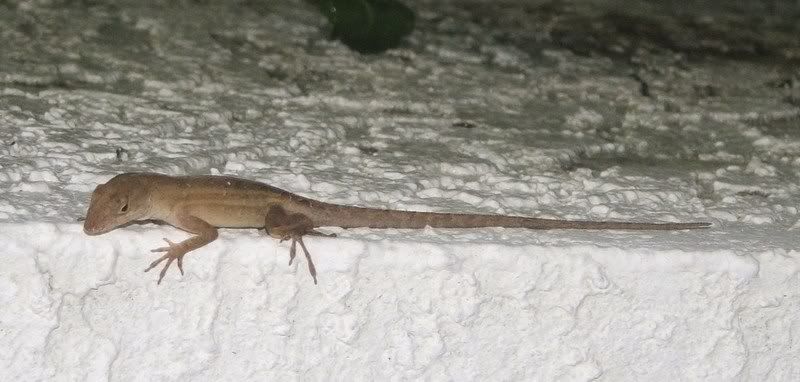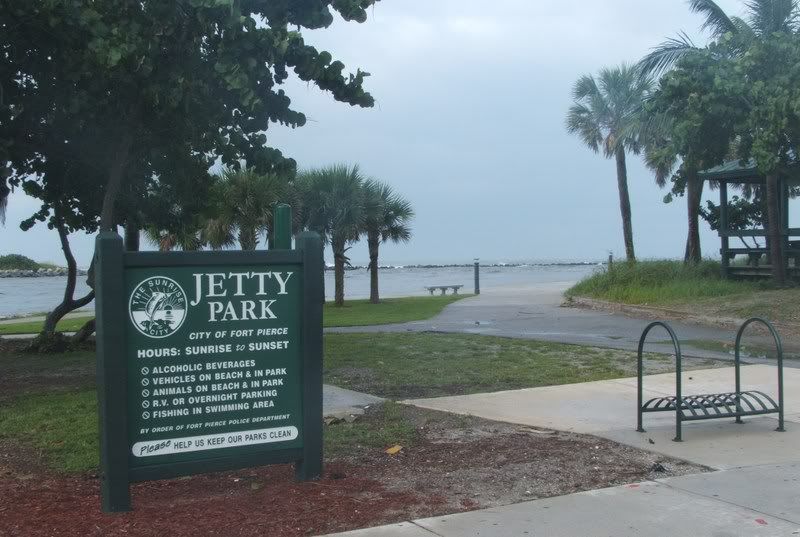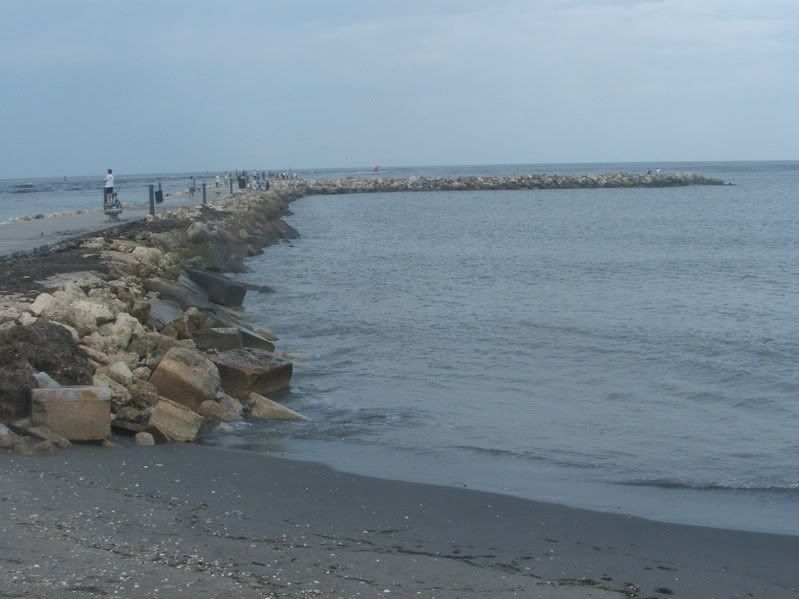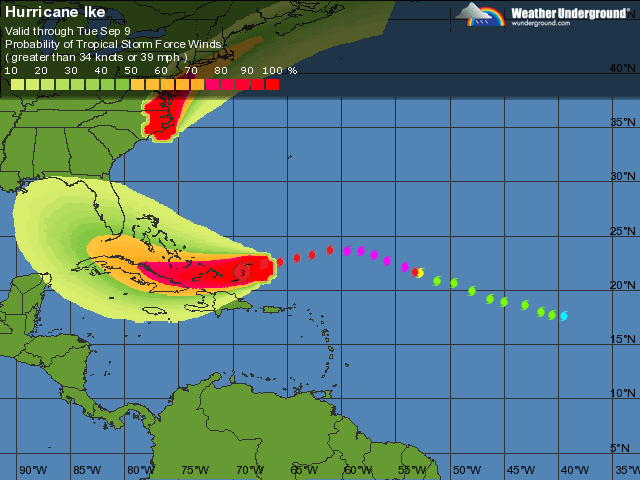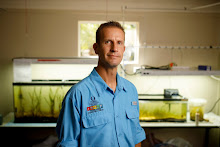When we convert land from a natural state to a developed state it loses a lot of its ability to function. But how much it loses depends on how we develop it.
1. Pure pavement and rooftop, aka "impervious surfaces," are the worst. They provide no habitat, and no ability to absorb runoff or pollution.
2. Mowed lawn or farm is the second worst. These "monocultures" of one plant species provide very little food or shelter for wild animals, and we typically poison or shoo away any animals that do try to use them. Farms and lawns can absorb some rainwater, but they usually worsen runoff pollution with their excess fertilizer, dirt, and pesticides.
3. Groomed parkland with some trees and bushes is a little better. The variety of plant species and plant structures provide some food and habitat for animals. Yet, groomed landscapes have a lot of the same problems as lawns and farms with respect to releasing excess fertilizer, dirt, and pesticides; especially if they have a lot of mowed lawn and bare ground.
4. Lush native vegetation with both trees and undergrowth is the best. It provides the best habitat for the most species, and the fully developed "sponge" of plant leaves and roots absorbs runoff pollution rather than contributing to it.
It bugs me when I see "wasted" bits of land in urban and suburban settings. I.e. wide swaths of unused pavement or lawn that could just as easily be a beneficial wild patch. Like, check out the house below:
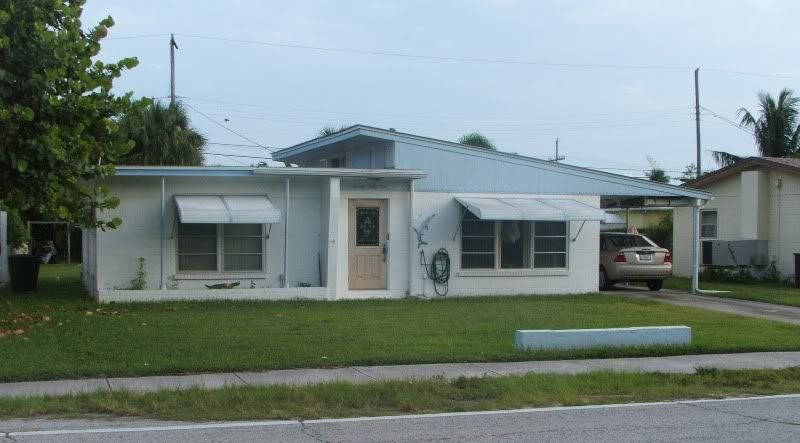
It's got a huge ass lawn that goes all the way up to the road and the property line. No trees, no bushes, no weeds. Hot sun blaring on the exposed walls and windows, sending the AC bill through the roof. Yet some people obviously think this is the pinnacle of landscaping; total dominion over nature.
The next house is a little better. They've at least got a tree or two, and some flower beds:
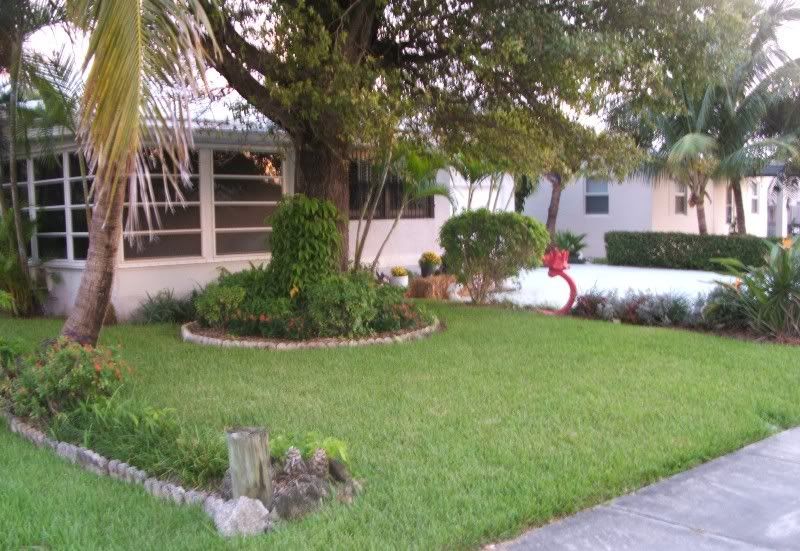
They probably don't have to pay quite as much for AC, and their tree is providing some habitat and food for native birds and bugs and stuff. Yet in terms of the ecosystem functions like pollution and nutrient control they aren't doing very well. The neatly groomed lawn and raised flower beds probably take a lot of fertilizer and water, so they are consuming ecosystem goods and services rather than producing them. Also, it's probably a pain in the neck for the owners to keep the place looking so neat and tidy.
Finally we get to the place I REALLY like. You can barely see it here behind the palms and sea grapes, but it's about the same size as the other houses:
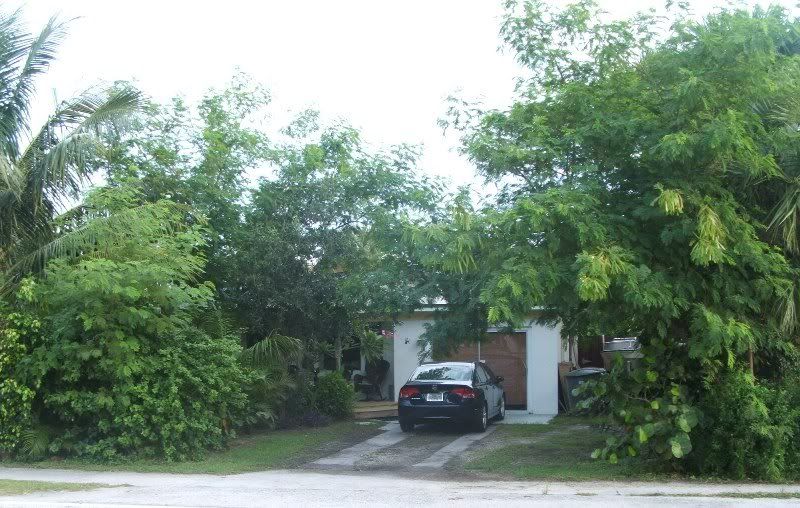
These folks have the right idea. They don't mow any more than they need to park their car and boat, and they let the rest get all wild and interesting. If the whole neighborhood was like this there would be a lot more native birds and stuff visiting, and the water quality in nearby streams, rivers, and bays would be a lot better because there would be a lot less dust and fertilizer running off the land.
I hope I can help convince some people that woods and weeds are beautiful.
